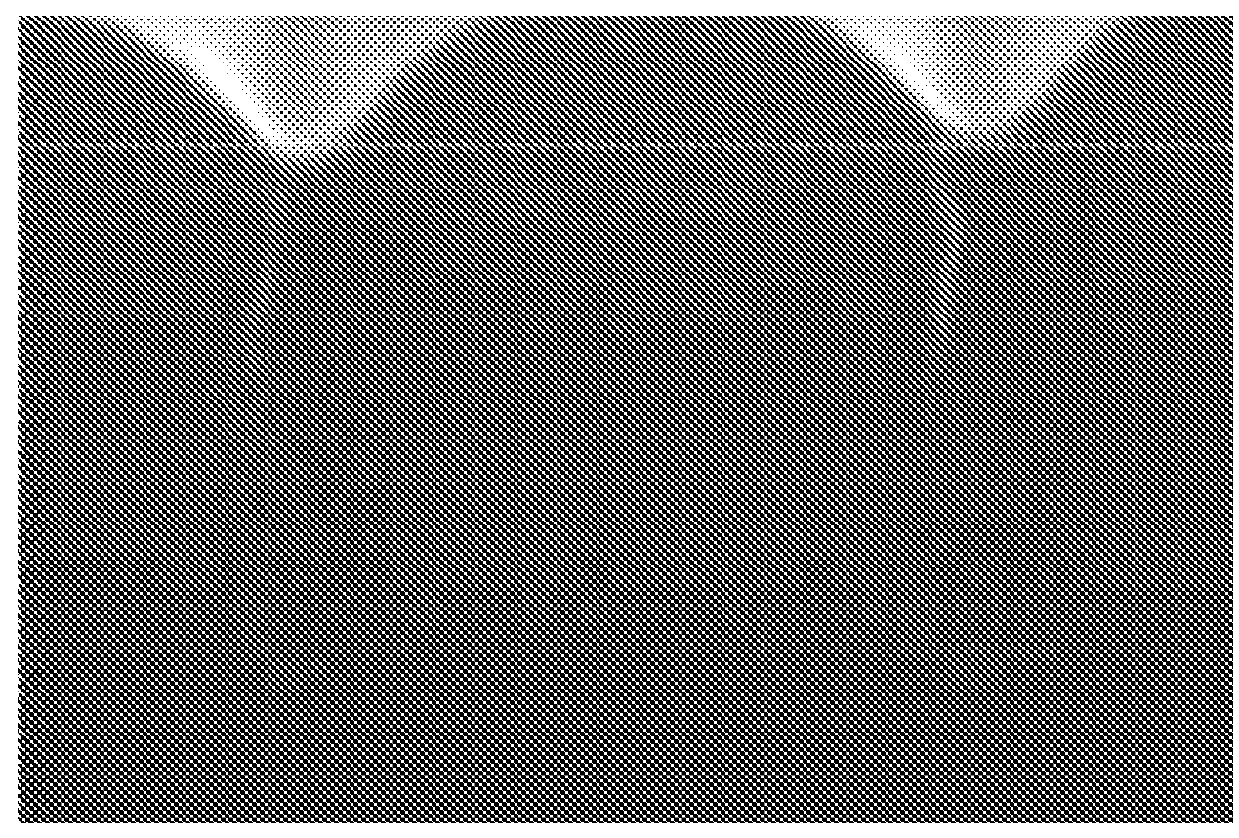Resist underlayer composition and method for forming pattern using same
a technology of resist and composition, which is applied in the field of resist underlayer composition and a method for forming patterns using the same, can solve the problems of difficult to properly etch a layer, high instrument cost, and difficulty in controlling particles, and achieve superior etching resistance, superior thermal stability, and gap-filling property.
- Summary
- Abstract
- Description
- Claims
- Application Information
AI Technical Summary
Benefits of technology
Problems solved by technology
Method used
Image
Examples
manufacturing example 1
Preparation of Polymer Having the Repeating Unit of Formula 1a
[0038]9-fluorenone (18 g, 0.1 mol) and 1,2,3,4-tetrahydronaphthalene (THN, 100 mL) as a solvent were added into a three-neck round-bottom 250 mL-flask in which a reflux condenser is installed, and 1-naphtol (15.8 g, 0.11 mol) was added thereto. After temperature of the flask was increased to 130° C., 3-mercaptopropanol (3.2 g, 0.03 mol) was added to the reactor (flask), and 18N sulfuric acid (3.4 g) was slowly added thereto. After addition of the sulfuric acid, the reaction was carried out for 18 hours at 150° C. After completion of the reaction, reactor was cooled down to room temperature, and 2N sodium hydroxide (NaOH) was added into the reactor to control the pH of the reaction solution. After adjusting pH of the reaction solution to 7, removed a water layer of the reactor. Again, the temperature of reactor was increased to 90° C., and washed the reaction solution three times using a hot water. After washing, temperatu...
manufacturing example 2
Preparation of Polymer Having the Repeating Unit of Formula 1b
[0039]Except for using 1,5-dihydroxynaphthalene (17.6 g, 0.11 mol) instead of 1-naphtol (15.8 g, 0.11 mol), the polymer having the repeating unit of Formula 1b (24.2 g) was obtained in the same manner with Manufacturing Example 1 (Yield: 61%, Mw=3,420, PD=3.61).
manufacturing example 3
Preparation of Polymer Having the Repeating Unit of Formula 1c
[0040]Except for using 1,6-dihydroxynaphthalene (17.6 g, 0.11 mol) instead of the 1-naphtol, the polymer having the repeating unit of Formula 1c (25.7 g) was obtained in the same manner with Manufacturing Example 1 (Yield: 72%, Mw=3,110, PD=4.26).
PUM
| Property | Measurement | Unit |
|---|---|---|
| thickness | aaaaa | aaaaa |
| thickness | aaaaa | aaaaa |
| thickness | aaaaa | aaaaa |
Abstract
Description
Claims
Application Information
 Login to View More
Login to View More - R&D
- Intellectual Property
- Life Sciences
- Materials
- Tech Scout
- Unparalleled Data Quality
- Higher Quality Content
- 60% Fewer Hallucinations
Browse by: Latest US Patents, China's latest patents, Technical Efficacy Thesaurus, Application Domain, Technology Topic, Popular Technical Reports.
© 2025 PatSnap. All rights reserved.Legal|Privacy policy|Modern Slavery Act Transparency Statement|Sitemap|About US| Contact US: help@patsnap.com


